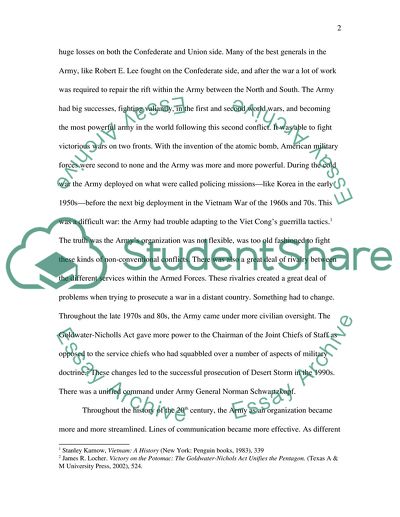Cite this document
(Organizational Structure of the US Army Coursework, n.d.)
Organizational Structure of the US Army Coursework. https://studentshare.org/history/1551454-organizational-analysis-on-the-army
Organizational Structure of the US Army Coursework. https://studentshare.org/history/1551454-organizational-analysis-on-the-army
(Organizational Structure of the US Army Coursework)
Organizational Structure of the US Army Coursework. https://studentshare.org/history/1551454-organizational-analysis-on-the-army.
Organizational Structure of the US Army Coursework. https://studentshare.org/history/1551454-organizational-analysis-on-the-army.
“Organizational Structure of the US Army Coursework”. https://studentshare.org/history/1551454-organizational-analysis-on-the-army.


